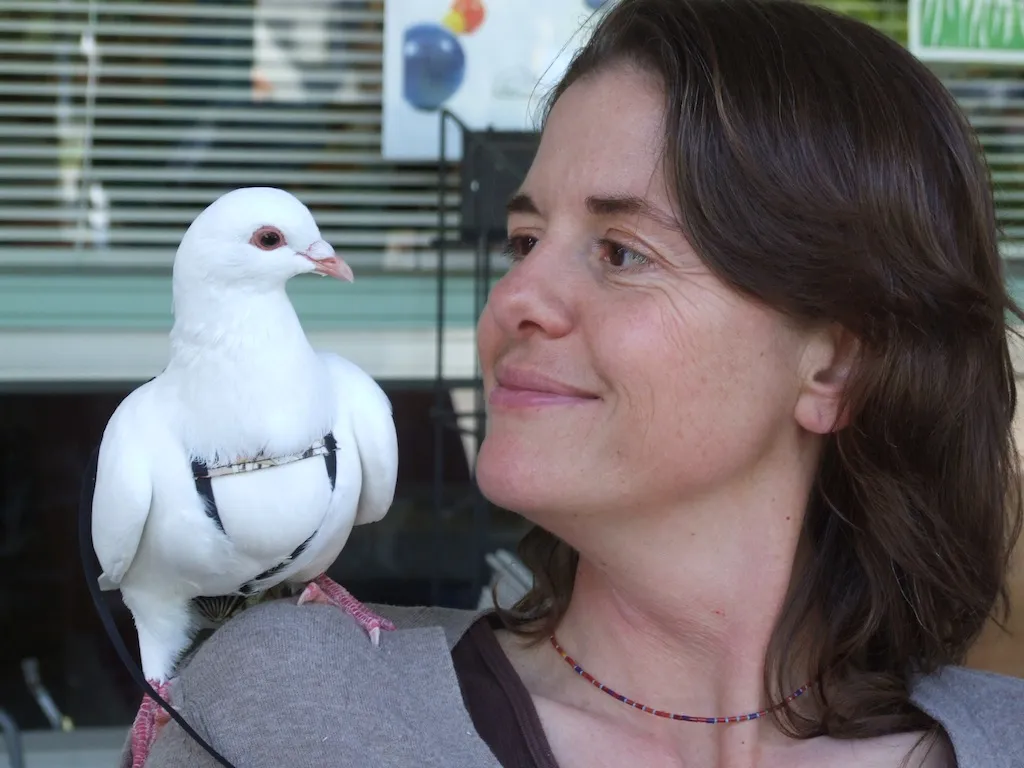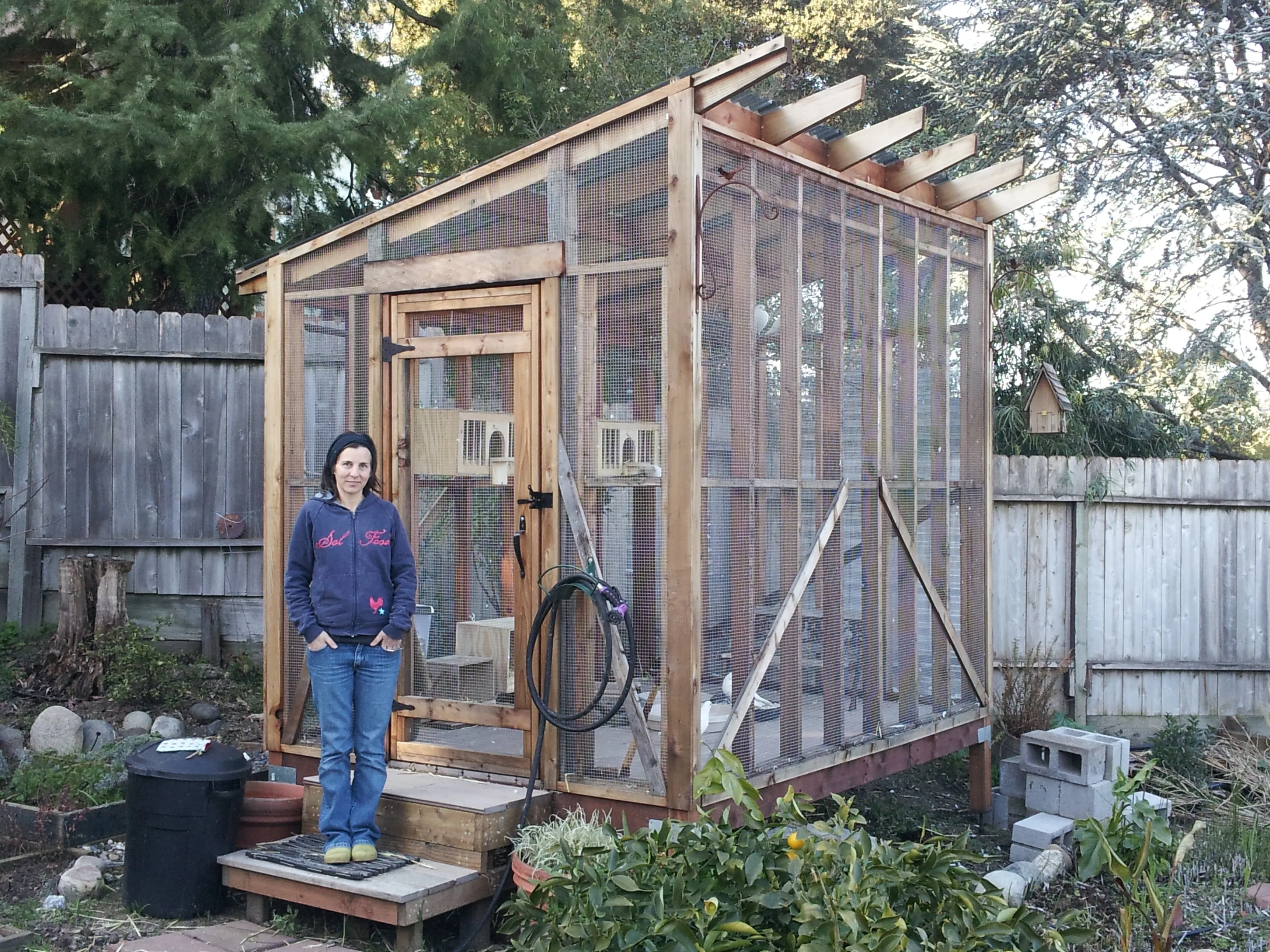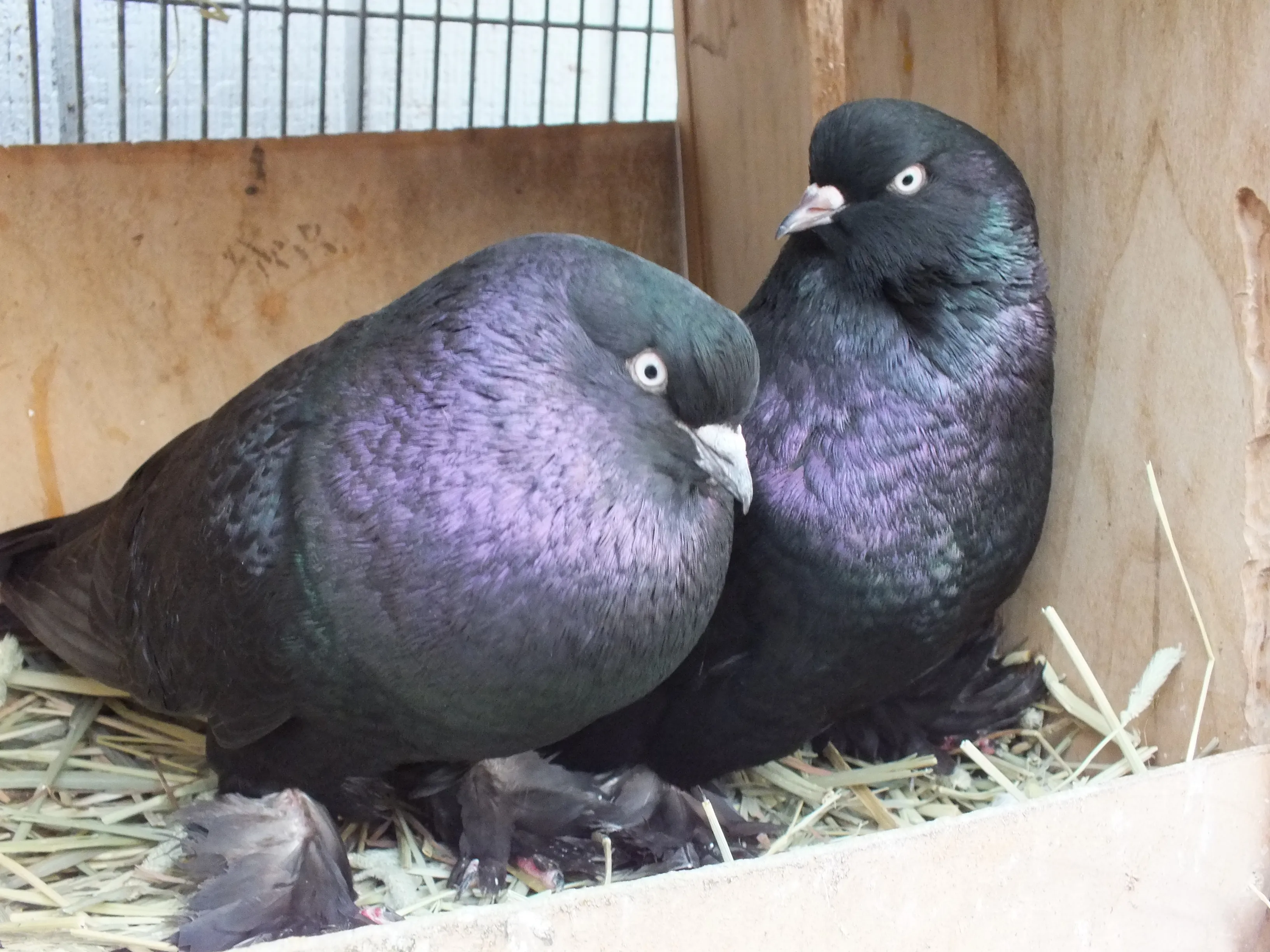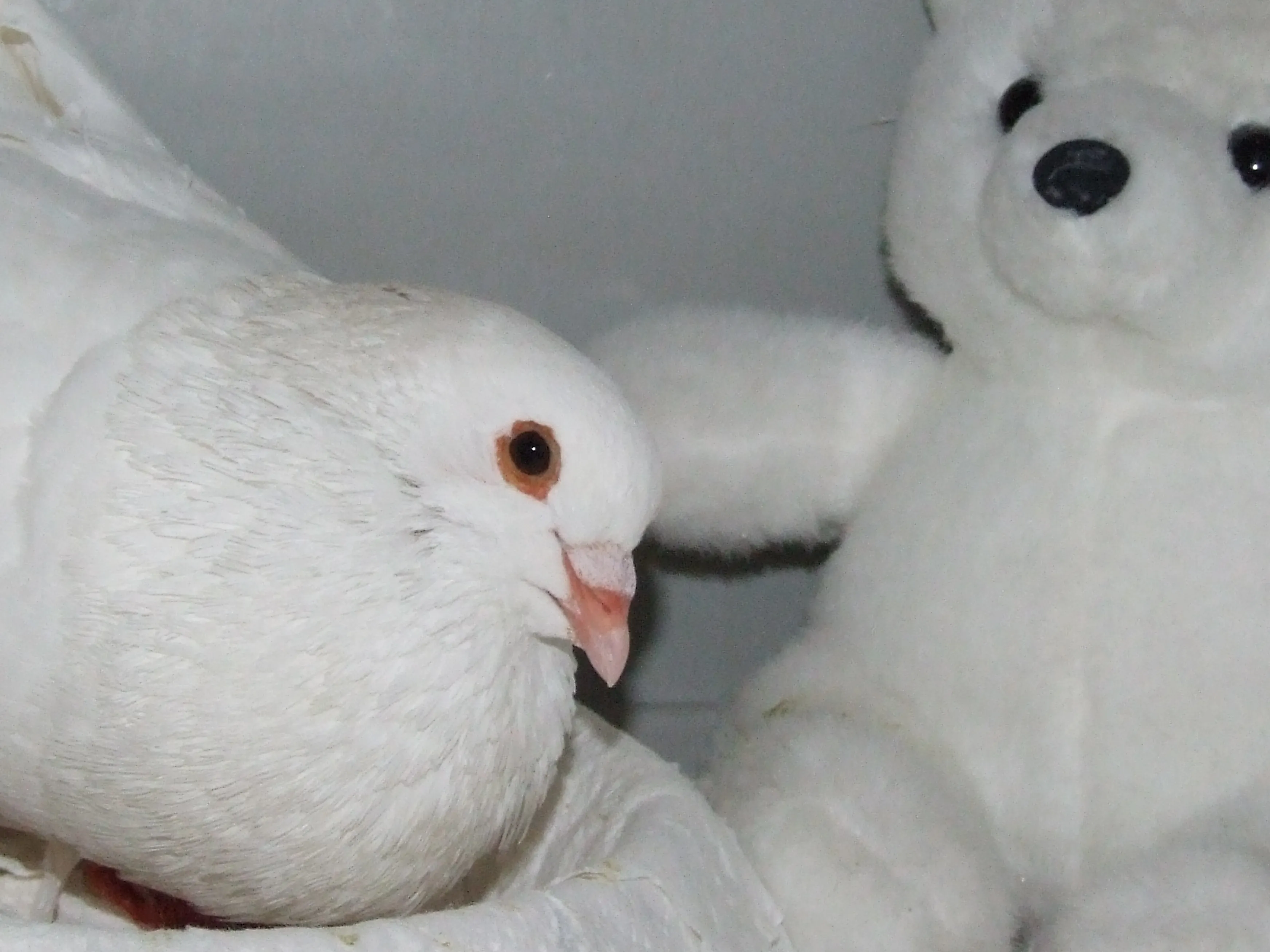Pet enthusiasts are increasingly adopting dogs and cats from shelters, yet many overlook the birds waiting for loving homes. Pigeons as pets offer a unique companionship, combining intelligence, beauty, and gentleness. Domestic breeds like Kings, Fantails, Tumblers, and Homers have been selectively bred for tameness and cannot survive in the wild, making them ideal indoor or outdoor companions. Organizations like Palomacy Pigeon & Dove Rescue highlight how these birds often end up in shelters, surrendered or stray, and need adopters to thrive.
Discover more about bird nesting behavior to understand their natural instincts in a home setting.
Why Pigeons Make Great Pets
Pigeons as pets bring joy and personality to any household. Rescued from shelters, they adapt well to family life, whether indoors or in a secure outdoor space. These birds are peaceful, social, and capable of forming strong bonds, often mating for life and showing devotion to their flock or human caregivers. With proper care, they become hand-tamed, enjoying interactions like sunbathing, preening, and playful displays.
Their needs are straightforward: a balanced diet of seeds, grains, and fresh water, plus regular cleaning to maintain hygiene. Pigeons excel in leisurely activities, foraging, napping, and courting, which make them low-maintenance yet engaging pets.
 King Pigeon Yuzu (wearing pants) with his adopter Shae
King Pigeon Yuzu (wearing pants) with his adopter Shae
Outdoor Aviary Care for Pigeons as Pets
For those with yard space, an outdoor aviary provides an enriching environment for pigeons as pets. Since they can’t be safely free-flown due to predators like hawks and cats, the aviary must be fully predator-proof with sturdy construction, including a secure top and bottom. Use 16-gauge hardware mesh with half-inch openings or smaller to keep rodents out. Include a shaded, weather-protected corner for hot days and rain.
Aim for generous dimensions—at least 6 feet long, 4 feet deep, and 6 feet high for four birds—to allow ample room for movement. Mated pairs lay eggs every four to five weeks; replace them with fake eggs for population control. Daily tasks include refreshing food and water, plus a quick poop scrape, with weekly deep cleans. Learn about great horned owl nesting behavior to appreciate predator risks and aviary design needs.
Pigeons thrive here, bathing, lounging, and watching the world go by. With time, they befriend their humans, creating a serene backyard oasis.
 Adopter Helen and her flock of six pigeons are very happy with their aviary
Adopter Helen and her flock of six pigeons are very happy with their aviary
West of England Tumblers like Beau and Cher exemplify devoted mates in such setups, showcasing the breed’s affectionate nature.
Indoor Living: Pigeons as Pets in the Home
Pigeons as pets fit seamlessly indoors as family members. Provide a spacious home base, such as a double-flight cage or extra-large dog kennel for a pair, with daily out-of-cage time for exercise. They prefer walking over flying, selecting cozy spots like windowsills or perches. Intelligent and adaptable, they quickly learn routines and coexist peacefully with dogs and cats if supervised.
Social by nature, pigeons need companionship—a bird buddy or daily human interaction—to avoid loneliness. A solitary cage life isn’t suitable; they flourish with engagement.
 West of England Tumblers Beau & Cher are devoted mates
West of England Tumblers Beau & Cher are devoted mates
Managing Droppings with Pigeon Pants
The primary challenge for indoor pigeons as pets is droppings, though healthy ones are odorless and manageable on hard floors with liners. Potty training works for some, but pigeon pants offer a fun solution. These harnesses with diapers (lined with panty-liners) catch waste, allowing free roaming on laps, shoulders, or furniture. Change every three hours; pigeons tolerate them well, maintaining cleanliness effortlessly.
 Janelle & Beep chat up Petey & Pineapple in their double-flight cage
Janelle & Beep chat up Petey & Pineapple in their double-flight cage
The Joy and Responsibility of Pigeons as Pets
Nothing beats the sound of a pet pigeon like Frances pitter-pattering around, lounging in sunlight or seeking affection. These domestic birds lack wild survival skills, so without adoption, they face euthanasia in shelters. Explore american crow behavior for insights into urban bird dynamics that affect pigeon rescues.
Sharing their story raises awareness—many don’t know birds need homes too.
In summary, pigeons as pets—indoors or outdoors—reward patient owners with loyalty and charm. Consult rescues like Palomacy for advice, build secure aviaries or cages, and prioritize companionship. Ready to adopt? Visit adoption applications and spread the word for these deserving birds.
References
- Palomacy Pigeon & Dove Rescue: pigeonrescue.org
- Aviary Building Guide: Creating an Aviary
- Pigeon Feeding: Pigeon Feeding Guide
- Birth Control: Fake Eggs for Pigeons
- Pigeon Pants: Pigeon Pants Info
 Frances flirting with his teddy bear
Frances flirting with his teddy bear
